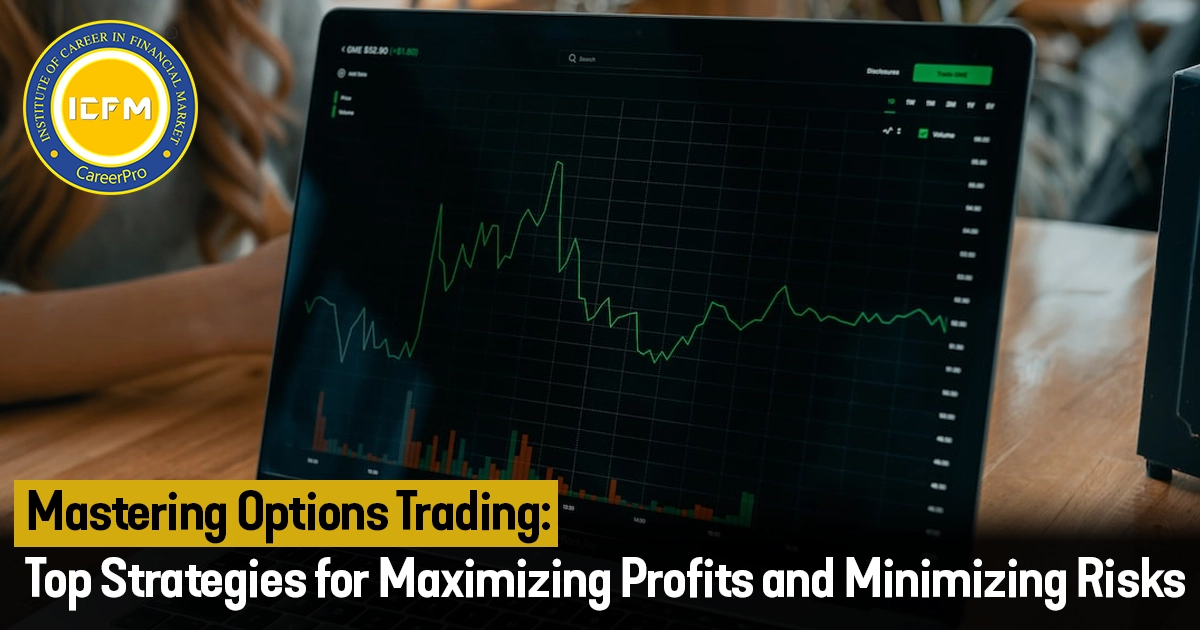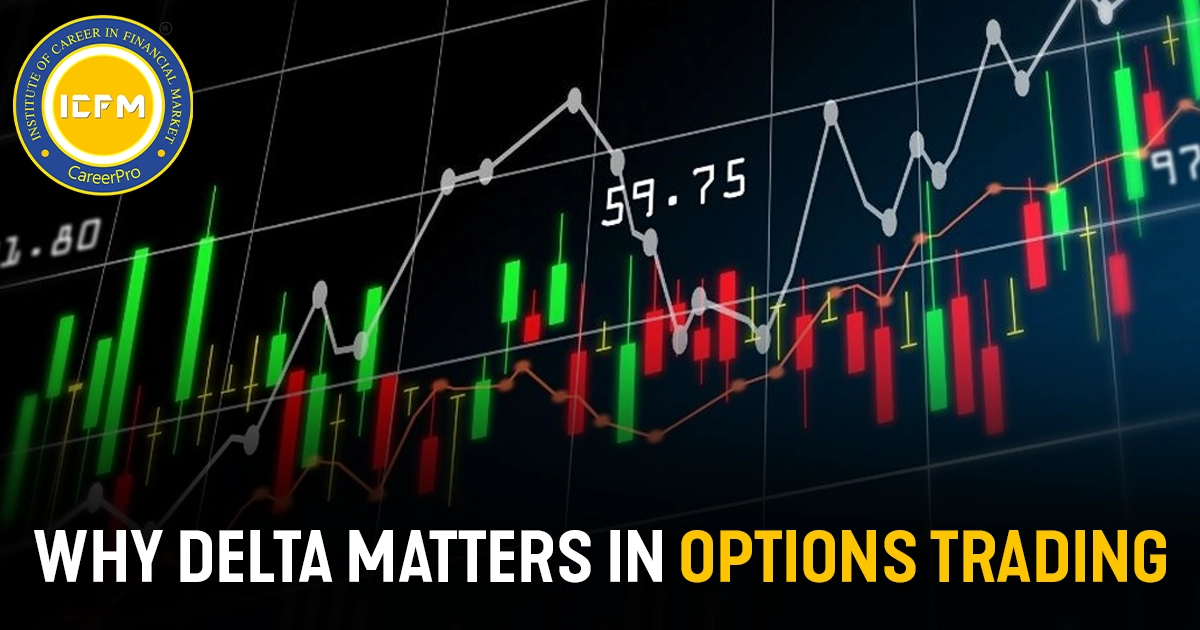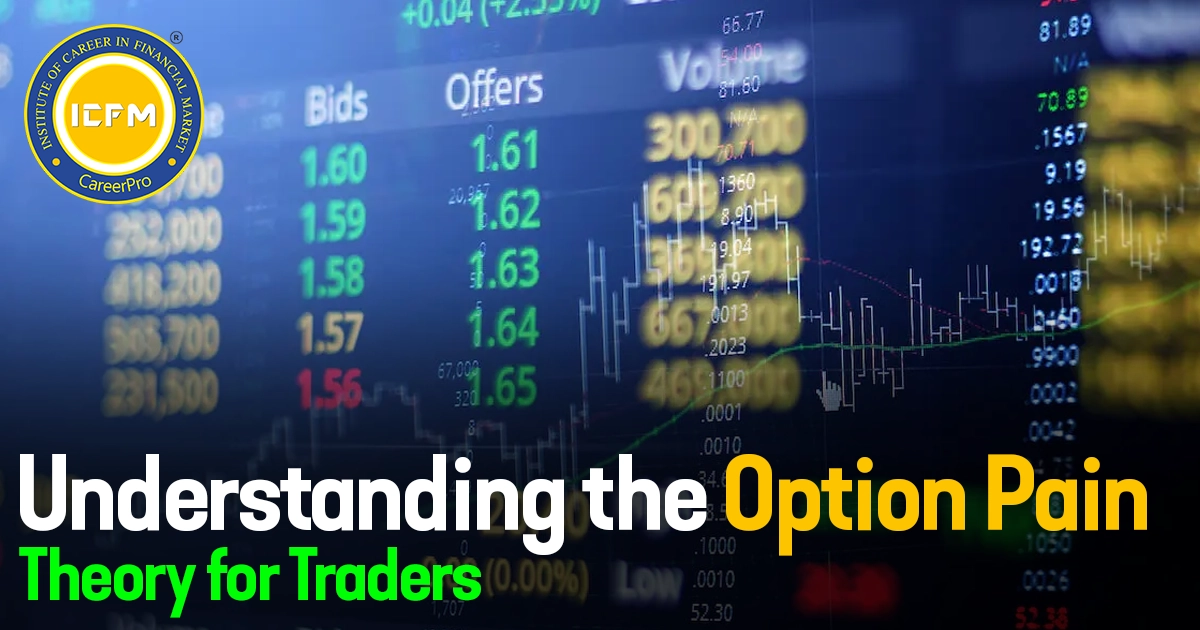How to Apply Risk-Reward Ratios to Trading for Better Decision-Making for Indian Traders
The risk-reward ratio is an important concept in trading. This simple yet powerful tool assesses the potential risks and rewards of a trade before entering a position. Thus, by accurately calculating and understanding your risk-reward ratio, you can make better decisions, increase long-term profitability, and keep emotions in check during trades.
In this detailed guide, we’ll explore using the risk-reward ratio to make better trading decisions, specifically focusing on Indian traders navigating the stock, forex, and commodity markets.
What is the Risk-Reward Ratio?
The risk-reward ratio (RRR) is a metric traders use to compare the potential loss of a trade (risk) to the potential profit (reward). It helps traders evaluate whether the potential reward justifies the risk they are taking.
Formula: Risk-Reward Ratio = Amount at RiskPotential Profit
Example: A trader risks ₹100 to gain ₹300. Then, his risk-reward ratio will be 1:3, meaning that the trader has a chance of gaining ₹3 for every amount at risk of ₹1.
Why is the Risk-Reward Ratio Important?
Helps Manage Risk: The most important aspect of trading is avoiding losing more money than you can afford. The risk-reward ratio helps establish stop-loss and take-profit levels, thus limiting losses and maximizing profits.
It makes Decisions: Rather than relying on gut feel or guesswork, traders can make logical and calculated decisions based on the risk-reward setup, which gives them a sense of consistency in trading.
Capital Management: Knowing your risk-reward ratio will help you better allocate your capital. This will diversify the trader's risk, as no single trade will jeopardize the entire portfolio.
Optimize Trading Strategy: The risk-reward ratio, along with other analysis tools, such as technical or fundamental, can help optimize the strategy for higher success rates.
How to Calculate the Risk-Reward Ratio?
Step 1: Determine your entry point
Your entry point is the price at which you decide to enter the trade. For example, when trading Indian stocks, you may want to buy a stock at ₹500.
Step 2: Determine the Stop-Loss Level
The stop-loss is the price at which you would want to close out the trade if the market had moved against you. The goal of a stop-loss is to limit your losses, and it should be placed at a level at which your strategy no longer holds.
For example, when you set your stop-loss to ₹480, you risk losing ₹20 in the trade because of the difference between the two prices (₹500 - ₹480).
Step 3: Calculating the Take-Profit Level
The take-profit level refers to the level or price your trading shall reach if the price in trading moves in your favor. This level is calculated considering the profit you must make from the trading.
If you set your take-profit level at ₹560, then your potential reward is ₹60 (₹560 - ₹500).
Step 4: Calculate the Risk-Reward Ratio
Now, calculate the risk-reward ratio by dividing your potential risk by your potential reward.
Risk-Reward Ratio = RiskReward = 2060
= 1:3
In this example, you will pocket ₹3 in potential gain for taking the risk.
What is a Good Risk-Reward Ratio?
Though there is no fixed rule in it, generally among the traders, one commonly followed norm is that the risk: reward ratio is 1:2. This essentially implies that for every Rs1 worth of exposure taken in trading, Rs2 will come as a profit on being successful. Thus, making higher gains on some successful trades would compensate for losses. Some of the usual ratios are discussed in the following paragraphs.
1:1: You are risking ₹1 and getting back ₹1. It's not the greatest ratio, but it's bearable if your win percentage is very high.
1:2: This is one of the most common and best ratios, meaning you take twice as much risk.
1:3: Highly conservative ratio with very high-profit potential. Most professional traders prefer the 1:3 ratio since it provides a more profitable trade with less risk exposure.
1:4 or more: Risking Re. 1 to gain Re. 4 and more. It is always good but very difficult to trade with high consistency.
Adjust the risk-reward ratio based on the Indian market conditions
The Indian market, specifically its volatility and definite trading hours, is quite challenging for the trader. Here are some ways your risk-reward ratio changes according to market conditions
Volatility:
The Indian stock markets can be volatile during uncertain economic changes or political uprisings. So you might be a trader who holds a more conservative risk-reward ratio, something like 1:2, precisely when you least expect such a turn by the market.
Market Sentiment:
Understanding market sentiment is key. In bull markets, traders can take bigger risks with the potential for bigger rewards, while in bearish markets, they'd take safer bets with a lesser reward to avoid a big loss.
Intraday vs. Long-term Trading:
Intraday trading (buying and selling within the same day) usually has shorter-term risk-reward ratios, typically 1:2 or 1:3, because fast action is required.
A trade may arise after days or weeks. So, higher risk-reward ratios (like 1:4) might be more appropriate for swing trading or long-term investing.
How to Use Risk-Reward Ratio in Different Markets
Stock Market: Indian stock markets, such as the NSE and BSE, are very volatile and fluctuate. In most cases, traders use technical analysis tools, such as moving averages, support-resistance levels, and candlestick patterns, to determine the placement of stop-loss and take-profit levels.
Forex Trading: The Indian Rupee(INR) is widely used in forex trading against other currencies. Because currency pairings vary so much, forex trading is a vital tool for managing trading risk and the risks involved due to volatility within the global economy.
Commodity Trading: In commodities like gold, silver, and crude oil, Indian traders mostly depend upon broader market trends while setting their risk-reward parameters. Because commodity prices are extremely prone to global influences, the risk-reward ratio ensures equilibrium in terms of price volatility.
Avoidance Mistakes
Overestimation of Reward
The trading may set a ratio that anticipates high returns, such as 1:10. When you finally reach the trading and have failed to reach your target, this becomes very disappointing, and you are likely to let some good strategies fall.
Lack of Inclusion of Present Market Situations
The best way to determine your ratio is according to market conditions. Maintaining a fixed ratio during a period of volatility without accounting for macroeconomic changes risks increasing exposure.
Most traders are guilty of discontinuing their risk-reward strategy during the middle of trade. Keep to your plan by laying down your stop-loss, take-profits, and avoid emotional adjustments.
Conclusion
It will be an important tool to help change your trading approach from making emotional decisions to a structured and disciplined strategy. Knowing how to calculate and apply the risk-reward ratio will let you know how to manage risks, maximize profits, and improve overall trading performance.
Remember, no strategy is a sure shot to profit in the market, but with a risk-reward ratio, you'll be able to navigate the uncertainty of Indian financial markets better and make decisions that will help safeguard your capital while giving you every opportunity to grow.









